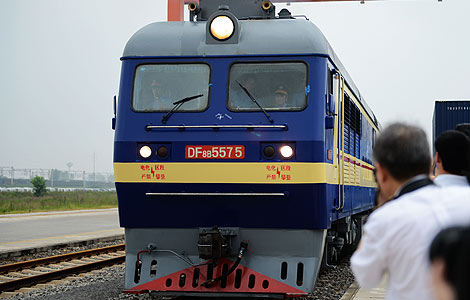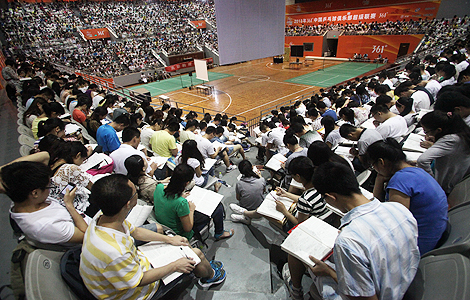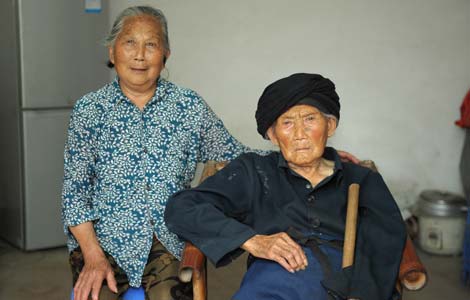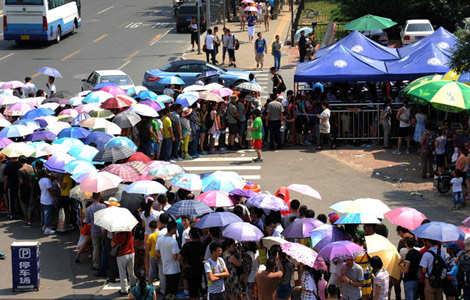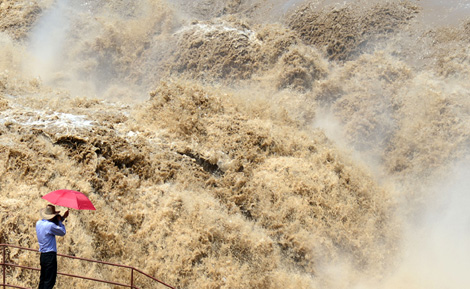

Complaints, change
About two weeks ago, residents found that the crowns had been cut from some trees in Daxinggong, preparing them for removal, and they voiced their displeasure. An online campaign progressed to a public demonstration Saturday calling for protection of the urban landscape.
Taiwan-based politician Chiu Yi filed a formal complaint to the Nanjing government, calling for protection of the old trees out of respect for Sun.
|
 Workers chop off the roots of some trees being moved in Nanjing. [Photo provided to China Daily] |
The city halted construction of the subway station to optimize the building plan. The original plan to move 1,000 trees changed to 600. Of those, 223 were plane trees planted in the 1950s and '60s.
Li Ming, director of the greenery administration under Nanjing Urban Administration Bureau, said the trees removed from the metro station site have been transplanted to three areas: Qilinmen, the Science and Technology industrial park of Baixia district and the Laohushan (Tiger Hill) forests.
Nanjing has built two metro lines, and the third line is planned to be completed by 2014, when the Second Youth Olympic Games will be held in the city. Thousands of old trees were moved in 2000 and 2006, when the first two metro lines were built.
Unfortunately, no more than 20 percent of the trees survived two years later, Zhu Fulin told China Daily. Zhu is a reporter with Nanjing Morning Post who visited the trees with a botanist.
|
 Above: A street in the Daxinggong area cleared for construction of subway Line 3 and (below it) a section when it was still shaded by plane trees. [Photos Provided to China Daily] |
According to the standard procedure of "Big tree removal technique" compiled by Shanghai Landscaping Commission in 1996, the standard process for relocating big trees is to cut back the main roots underground two to three years before removal to prepare the tree, and then to remove most of the crown to curtail evaporation of water from the plant. Then the tree is dug up, keeping the remaining roots and a large ball of soil, and planted in a new hole before spring.
If the tree is lucky, Zhu said, it will sprout. Nourishment in the trunk may sustain that tree the first year; survival for a second or third spring is less certain.

